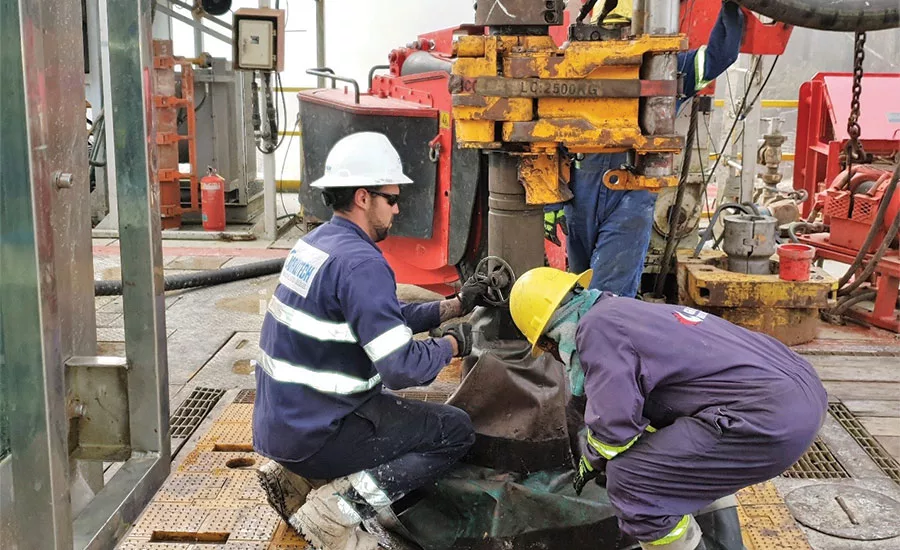6 Tips to Add Drilling Tech, not Subtract Safety

Of course, it’s smart to use technology to optimize operations. But how you implement is key to cutting jobsite risks.
Source: Adrilltech
Any operations start-up has a degree of risk associated with the first time it is done at the rig site. It could be the first time the crew has been together to do a reasonably routine operation, or the first time a cohesive team together for multiple campaigns attempts the operation. There is usually a high degree of visibility and attention paid to the first operation. Many eyes on the task can ensure the attention of all involved, but similarly add pressure to the team executing operations. If you are considering doing something new to optimize operations, here are some lessons we have learned.
Early contact with the rig is very important: Normally, we perform a rig survey and try to make sure we do this around crew change day. This allows us to present the technology to both rig crews, and allows them to offer thoughts or questions about how this is all going to work. Many of our operational and technical improvements come from sharing what we do with experienced drilling people. A fresh pair of eyes may highlight a previously unaddressed risk.
HAZID/HAZOP/DWOP/pre-section meetings: Every node and interface in the operation should be assessed. How the equipment and people fit into the rig is critical for a successful operation. Some of our equipment is not familiar to the crew and may not have been considered in the rig safety case. Any equipment critical to well control should be thoroughly assessed from an equipment design perspective and pressure relief settings agreed on in advance. Ultimately, the driller will be responsible and should be aware.
Contingency planning: What do we do if something fails? How will that affect our process? We spend time creating a decision matrix to highlight what the reaction should be for any possible failure of equipment and the specific remedial action for anticipated failure nodes identified in a failure mode, effects and criticality analysis (FMECA).
Critical design testing: If we have a specific part or item identified in the pre-planning as affected by the operations to a point of failure, then additional third-party testing may be required. For example, we had an item for which integrity needed to be confirmed if it were exposed to 15,000 psi differential pressure. This was specifically in the case of an evacuated drill string, which is below the rotary table during a well control event. In this instance, additional third-party witnessed pressure testing was carried out on the item to reduce the risk of failure.
Coaching: New technologies usually require users to have additional assistance during the startup/initial implementation. Additional supervision at the rig site and additional personnel in the operators’ office help to coach rig site and shore-based supervisors through getting involved in critical path meetings. Also, should the situation change, then supervisors and technical experts are on hand to give expert advice on short notice during critical phases of the operation.
After-action review and lessons learned: After the operation, there are always things we say we can do better next time. It is critical to capture these opportunities for improvement, whether to optimize parts of the process or identify equipment that could have worked a little better, and ensure those lessons do help things go better next time. For most people, the first time is usually good with lots of focus on the plan. As we repeat a process, we should get better, but usually we get worse first. This is a typical learning curve and we see it on most of our operations, but if we learn the lessons and optimize where we can, we can usually streamline, getting faster and better at what we do without compromise to safety or taking shortcuts.
Adrilltech has spent the last 10 years implementing continuous circulation technologies for 15 different operators on many different rigs. This is a quick summary of our lessons learned, but we welcome input on other lessons from those in the field.
Looking for a reprint of this article?
From high-res PDFs to custom plaques, order your copy today!








